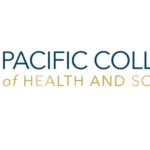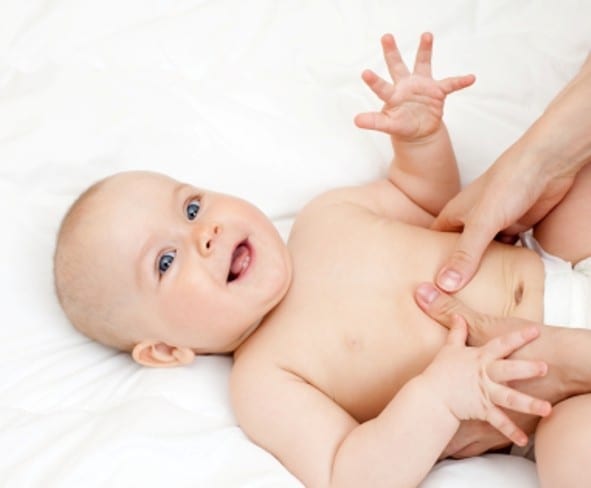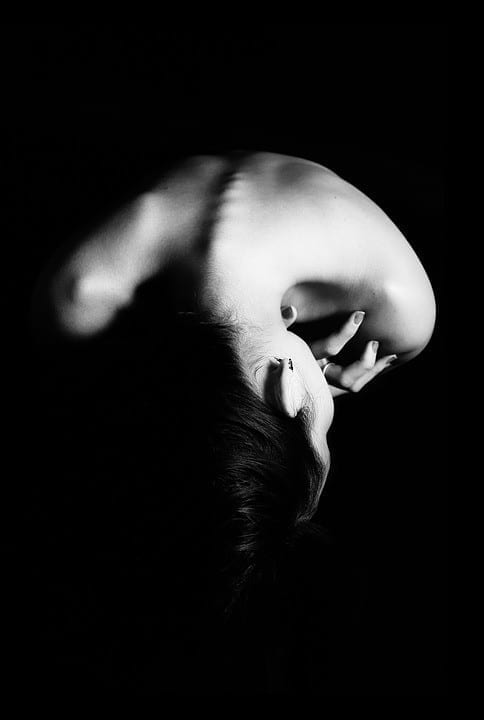Massage for Lower Back and Neck Pain

The back and neck constitute a large part of the body. These two areas are prone to tension accumulation and when this occurs, it can cause the affected individual great physical and psychological pain. Acute lower back pain, described as pain which has lasted less than six weeks in duration, may resolve itself with little …

